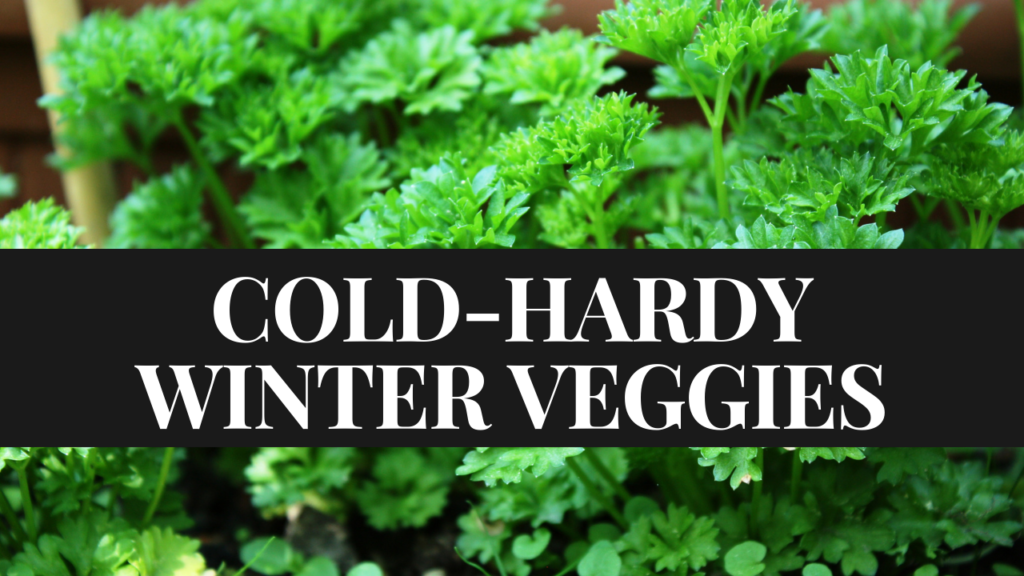Growing winter vegetables helps you prolong the growing season, and many winter vegetables yield crops earlier than spring plantings.
You would have already expanded if you were very organized in late spring/early summer. These will be well underway by autumn, and you would have already begun planting your winter vegetables outdoors.
Here’s a list of the 10 cold-hardy vegetables everyone should be growing through fall and winter.
10. Parsley.
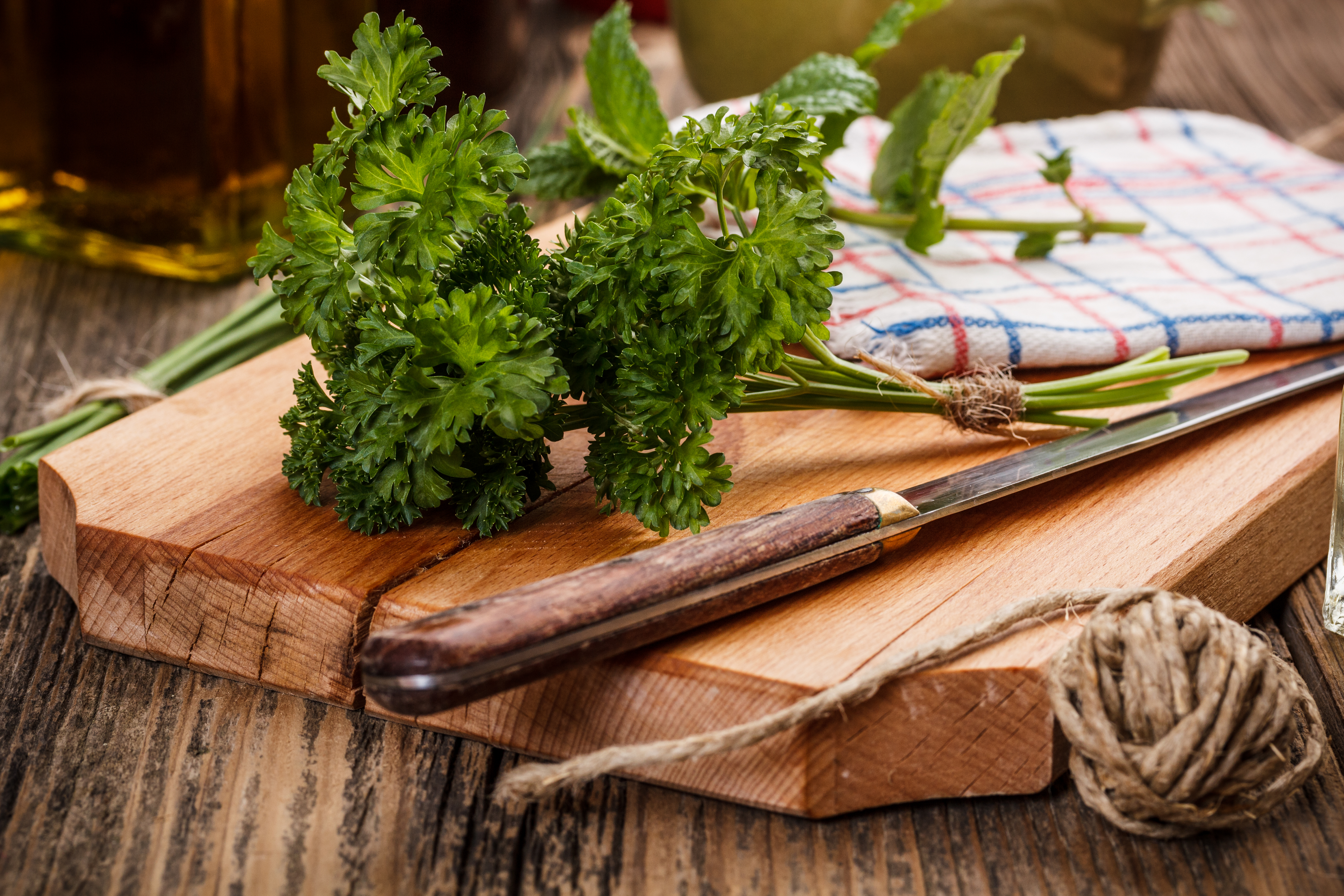
Although many herbs die off as the weather gets colder, parsley can thrive in subzero temperatures and even snow. This aromatic green is full of nutrients as well as being cold-hardy. Vitamin A, folate, iron, calcium, and potassium are also abundant.
Flavonoids, such as apigenin and luteolin, which are plant compounds with many possible health benefits, are abundant in parsley. These flavonoids may be particularly beneficial in preventing memory loss and age-related brain changes. According to one study, a luteolin-rich diet decreased age-related inflammation in the brains of aged mice and enhanced memory by inhibiting inflammatory compounds.
9. Radishes.
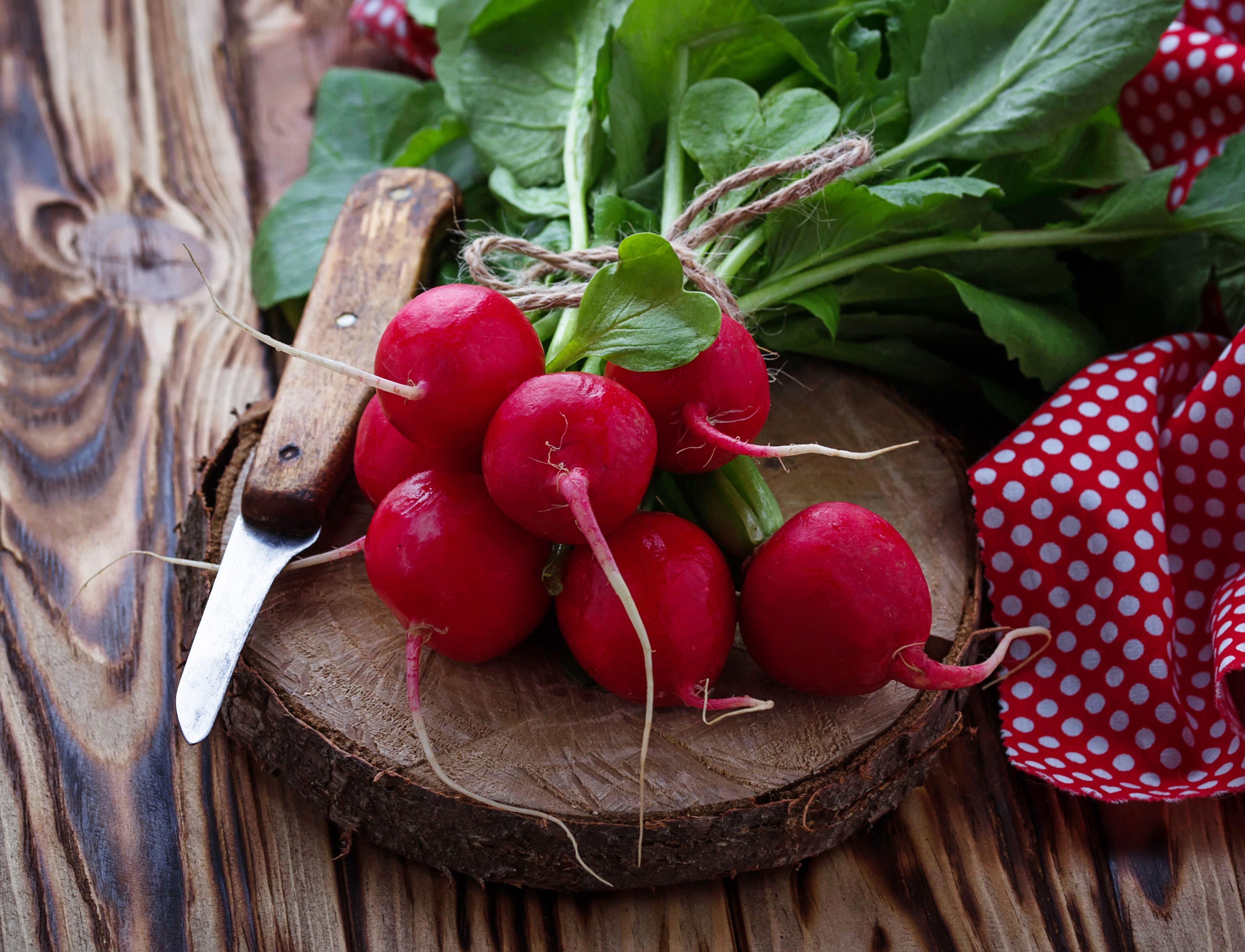
The spicy flavor and crunchy texture of these jewel-toned vegetables are well-known. Some varieties are highly cold-hardy and can tolerate temperatures below freezing. Vitamins B and C, as well as potassium, are abundant in radishes.
Isothiocyanates, a sulfur-containing compound that has been linked to several health benefits, are responsible for their peppery flavor.
In the body, these potent plant compounds serve as antioxidants, reducing inflammation. Radishes have been tested extensively for their cancer-fighting properties. In reality, isothiocyanate-rich radish extract inhibited the growth of human breast cancer cells in a test tube sample.
8. Red Cabbage.
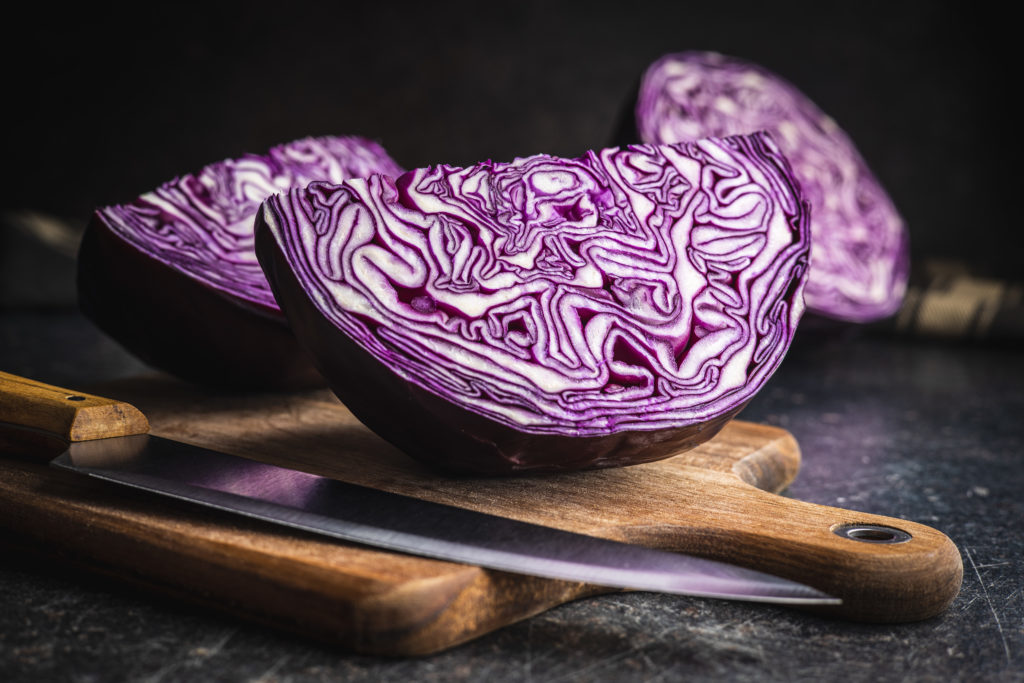
Cabbage is a cruciferous vegetable that grows well in the cooler months. Although both green and red cabbage are nutritious, red cabbage has a higher nutrient profile. One cup (89 grams) of raw red cabbage contains 85 percent of the daily recommended vitamin C intake, as well as high levels of vitamins A and K. B vitamins, manganese, and potassium, are all abundant in it.
The antioxidant quality of red cabbage is where it really shines. Anthocyanin pigments are responsible for the vivid color of this vegetable. Anthocyanins are antioxidants that belong to the flavonoid family and have been connected to various health benefits.
One of these advantages is the likelihood of lowering heart attack risk.
7. Rutabagas.
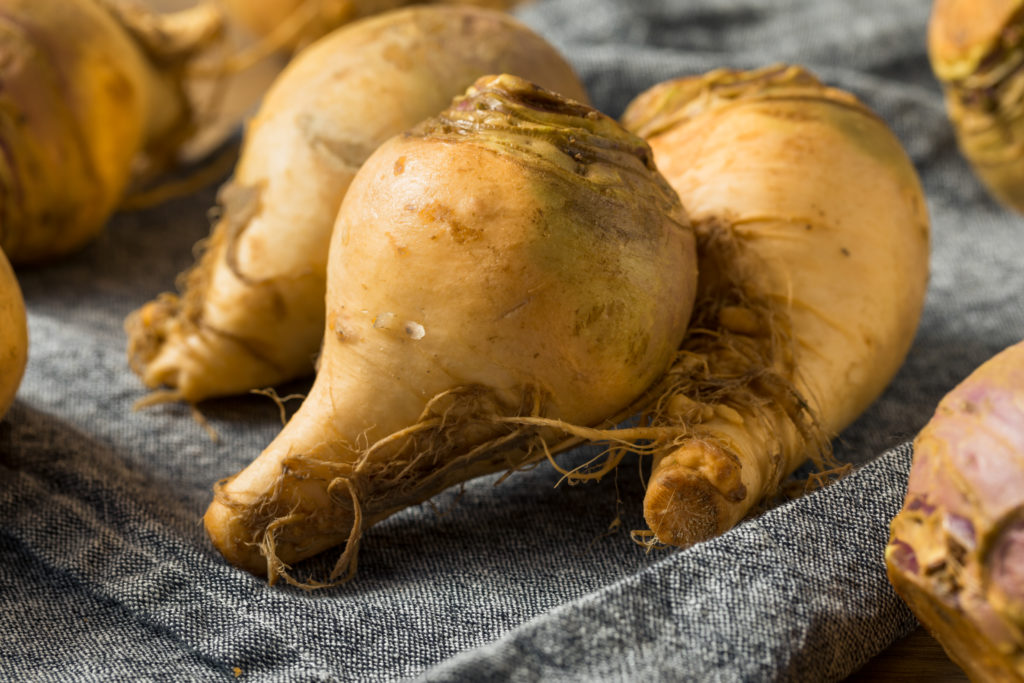
Rutabagas, considering their high nutrient content, are an underappreciated root vegetable. They grow best in cold weather and develop a sweeter taste as the seasons change. All parts of the rutabaga plant can be eaten, including the leafy green tops that stick up from the ground.
One cup of cooked rutabaga (170 grams) contains more than half of the daily vitamin C recommendation and 16% of the daily potassium recommendation.
Potassium is needed for heart and muscle contraction. It also helps regulate blood pressure. Studies have shown that eating a potassium-rich diet can help lower blood pressure.
6. Collard Greens.
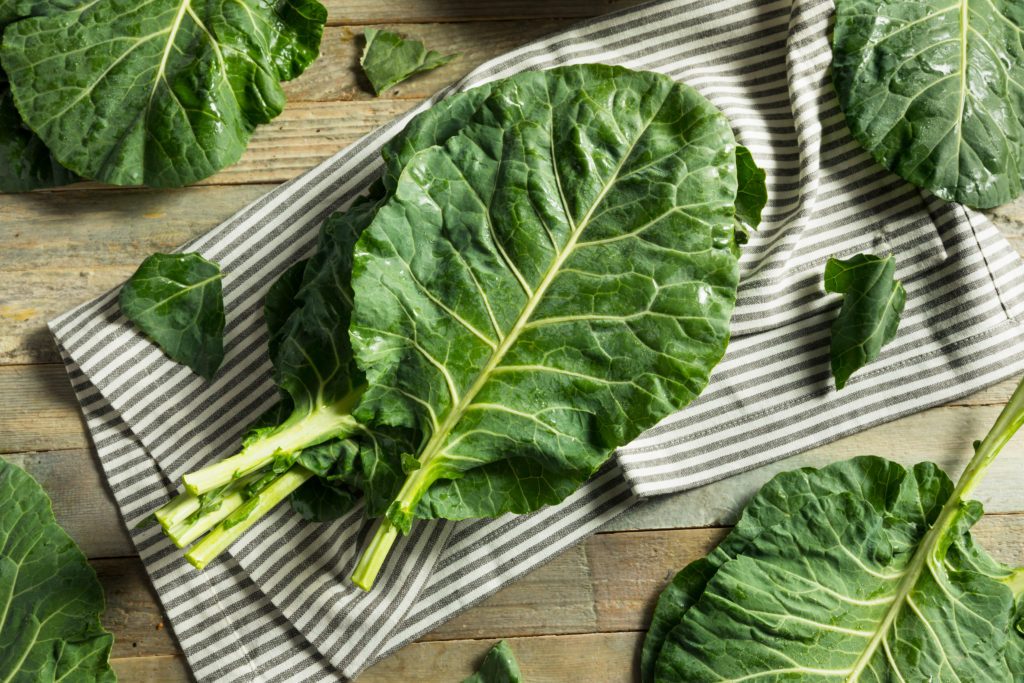
Collard greens are a type of vegetable that belongs to the Brassica family. Not to mention that it is one of the group’s most cold-hardy plants. This slightly bitter green can survive sustained freezing temperatures and tastes better after being exposed to frost. Collard greens’ bitterness is probably linked to the plant’s high calcium content. One study found that the most bitter vegetables were those with the highest calcium content.
Collard greens provide a lot of calcium, with one cup (190 grams) of cooked collards providing 27% of the daily recommended calcium intake. Calcium is required for a variety of functions, including bone health, muscle contraction, and nerve transmission. Furthermore, these greens are rich in vitamin K, which is essential for bone health. Studies have shown that sufficient vitamin K and calcium intake can help reduce the risk of osteoporosis and fractures.
5. Brussels Sprouts.
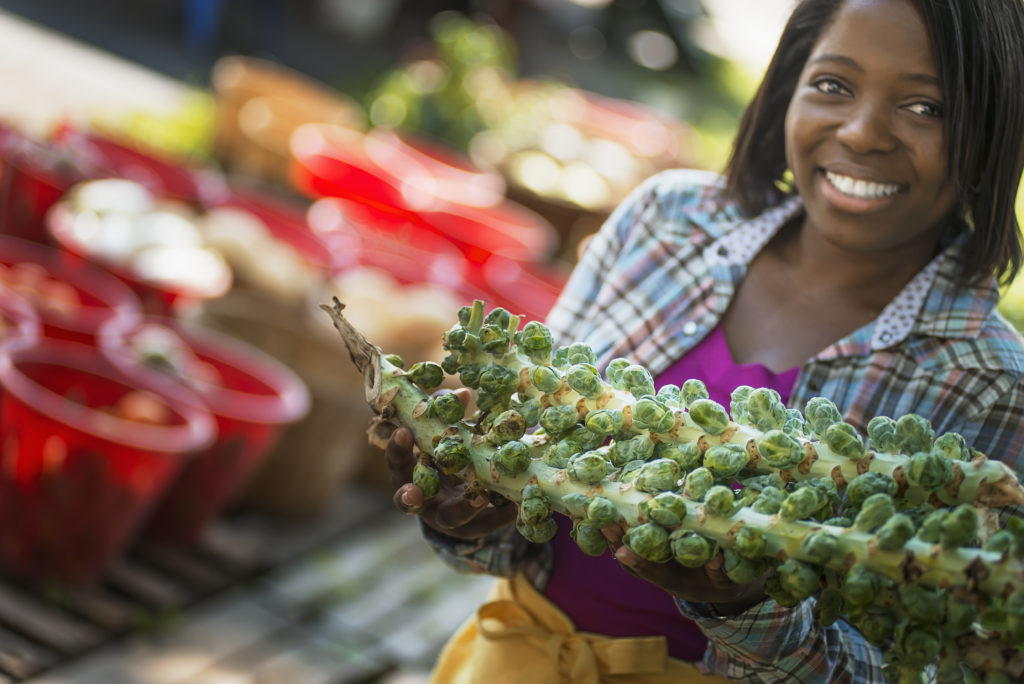
Brussels sprouts belong to the cruciferous vegetable family, which is high in nutrients. During the colder months, the Brussels sprout plant grows mini cabbage-like heads. Brussels sprouts are a must-have for seasonal winter dishes because they can withstand freezing temperatures. Despite their small size, Brussels sprouts pack a powerful nutritional punch.
Brussels sprouts are also rich in vitamins A, B, and C and the minerals manganese and potassium. They’re both high in fiber and alpha-lipoic acid, which have both been shown to help keep blood sugar levels stable.
Fiber delays the body’s digestive process, which means glucose is released more slowly into the bloodstream. This means that after eating a fiber-rich meal, blood sugar levels are less likely to spike.
4. Parsnips.
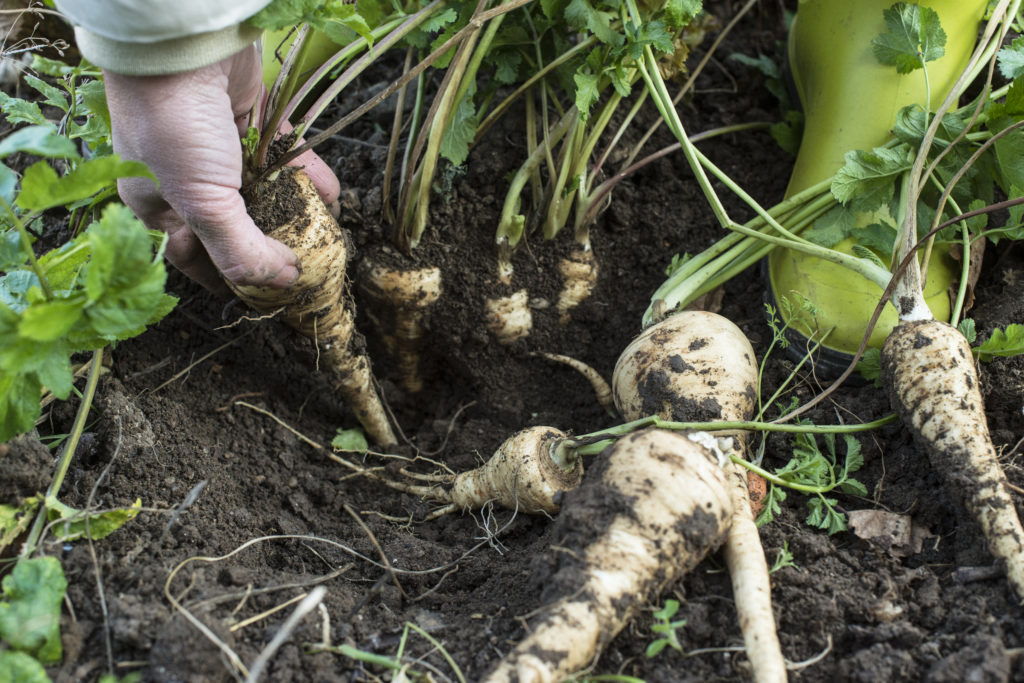
Parsnips, which resemble carrots in appearance, are a form of root vegetable with various health benefits.
Like carrots, parsnips become sweeter as the weather gets colder, making them a tasty addition to winter dishes. They have a mild earthy flavor and are high in fiber and vitamin C. One cup (156 grams) of cooked parsnips contains almost 6 grams of fiber and 34% of the daily recommended vitamin C intake.
Parsnips are also high in fiber, making them a good option for digestive health. They are high in soluble fiber, which forms a gel-like material in the digestive system and can help slow sugar absorption into the bloodstream, particularly for people with diabetes.
3. Kale.

This leafy green is not only one of the healthiest vegetables available, but it also thrives in the cooler months. Kale belongs to the cruciferous vegetable family, including cold-tolerant plants like Brussels sprouts, cabbage, and turnips. While it can be harvested all year, it prefers colder weather and can even withstand snow.
Kale is a highly nutritious and adaptable green. Kale is high in vitamins, minerals, fiber, antioxidants, and strong plant compounds. It also contains flavonoid antioxidants such as quercetin and kaempferol, which have anti-inflammatory properties.
2. Swiss Chard.
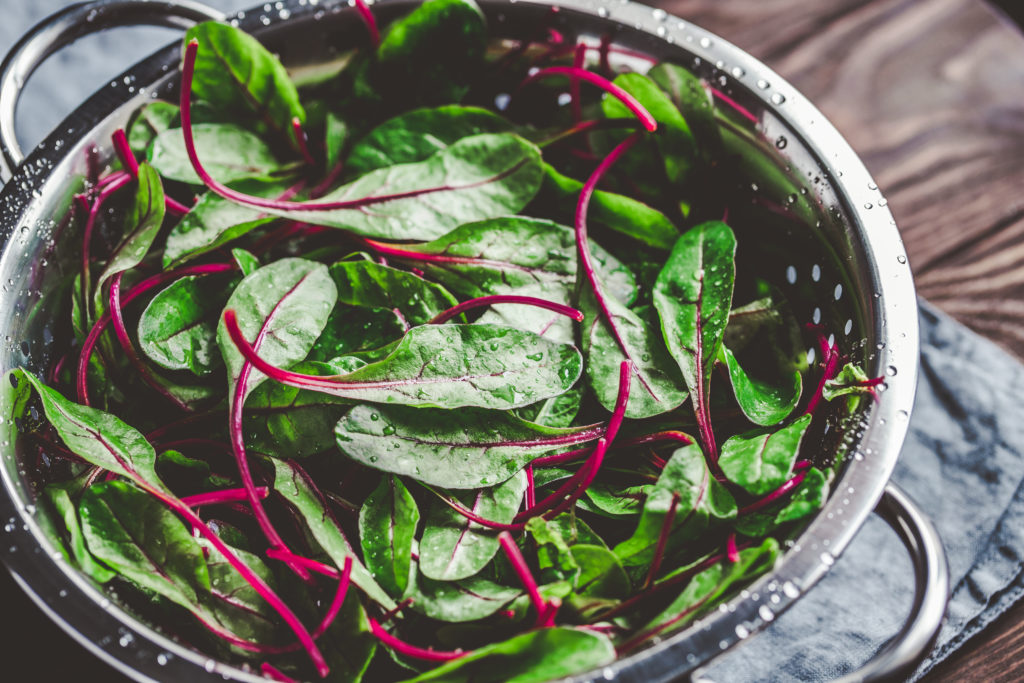
Swiss chard is not only cold-tolerant, but it is also low in calories and rich in nutrients.
One cup (36 grams) contains just 7 calories while providing nearly half of the daily recommended vitamin A intake and 100% of the daily recommended vitamin K intake. It is also a good source of vitamin C, magnesium, and manganese.
Swiss chard’s dark green leaves and brightly colored stems are also high in betalains, useful plant pigments. This leafy green is a staple of the Mediterranean diet, which has been linked to a slew of health benefits, including a lower risk of heart disease.
1. Carrots.
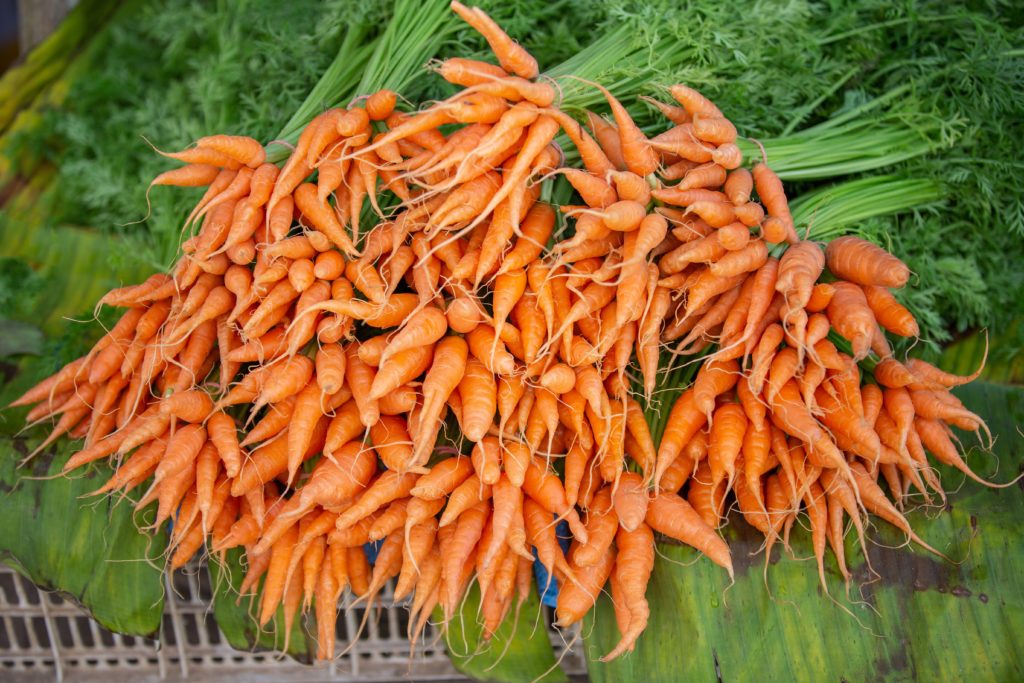
Carrots can be harvested in the summer, but their sweetness peaks in the fall and winter. They turn stored starches into sugars to prevent the water in their cells from freezing in cold weather.
In the colder months, this helps carrots taste even sweeter. Carrots harvested after a frost are also referred to as “candy carrots.” This crisp vegetable is also very nutritious. Beta-carotene, which can be converted to vitamin A in the body, is abundant in carrots.
Vitamin A is essential for eye health, as well as immune function and normal growth and development. Carrots are also high in antioxidants called carotenoids. Carrots’ bright color comes from these potent plant pigments, which can also reduce the risk of chronic diseases.
If you are looking to start your garden, check out the links below for our recommended books and audiobooks.
Don’t forget to download the free ebook too.
Backyard Gardening Book (paperback)
Backyard Gardening Book (audiobook)
Urban Gardening Book (paperback)
Urban Gardening Book (audiobook)

